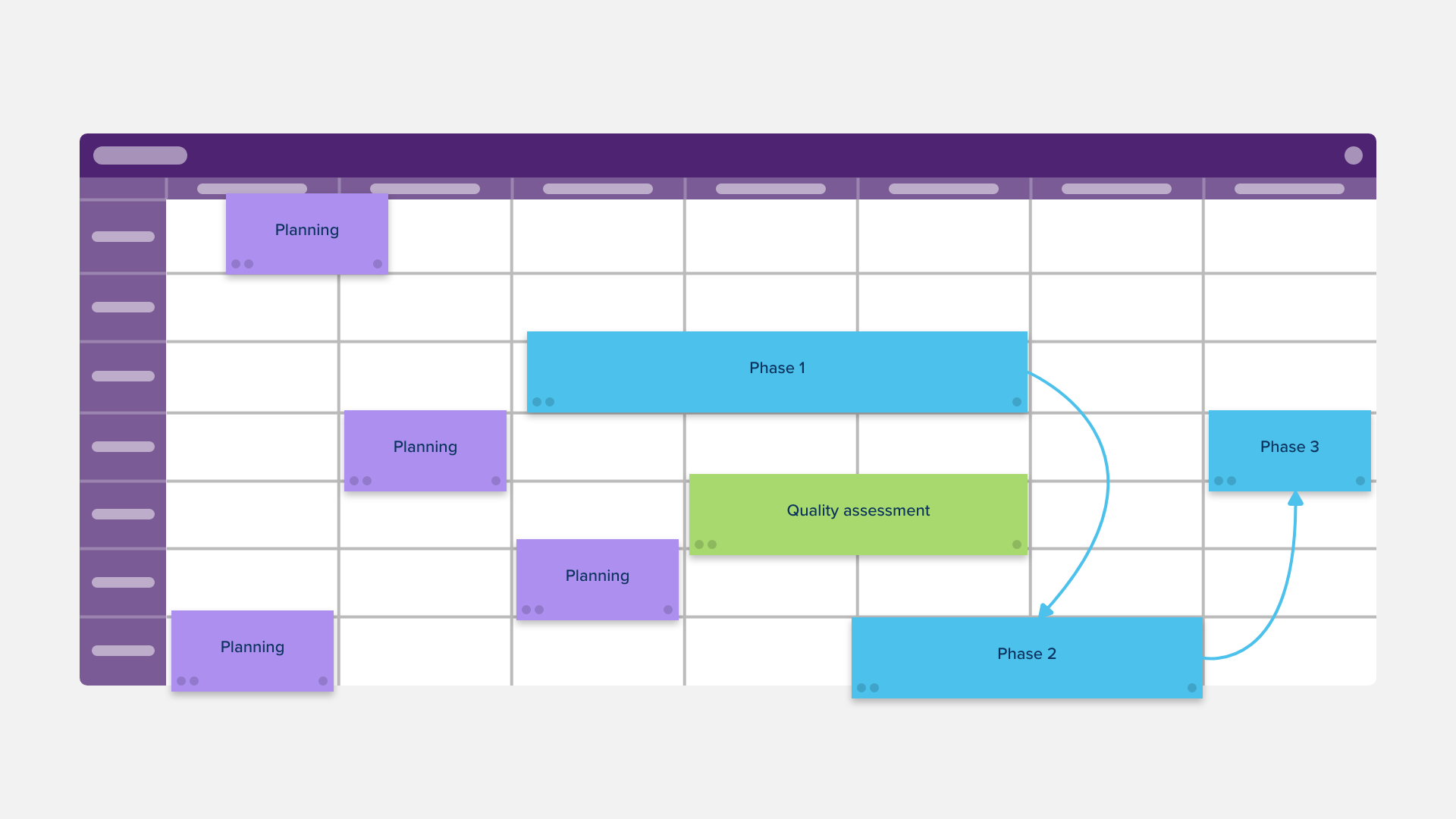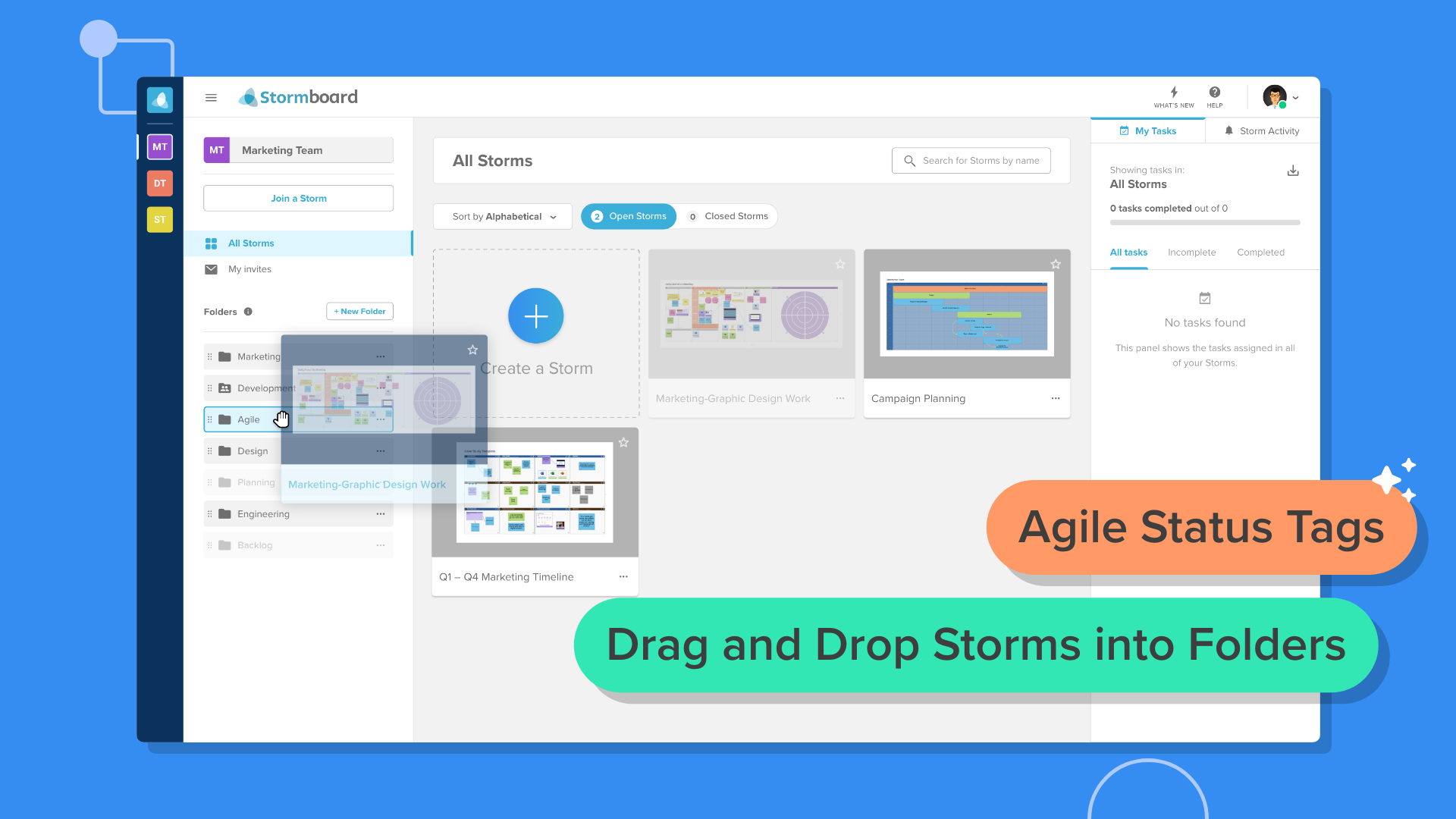What is the Agile Manifesto?
Since the Agile Manifesto was written in 2001, the Agile movement has continued to evolve and gain traction in companies around the world.
It’s easy to see why. It provides real, actionable pathways forward to quickly address the specific needs and goals of any organization. If you want to transform the way your business works, the Agile Manifesto is a great starting point.
By using the various approaches built on the principles and values of the original Manifesto, your business can unite your processes and focus in on what really matters — getting work done quickly and efficiently.
What is it, and who wrote it?
The Agile Manifesto was crafted in 2001, in Utah, by seventeen people, including software development practitioners, advocates for extreme programming (XP), scientists, and software engineers. Their goal was to identify and define a clear way to unite all of the different forms of Agile and to improve software development and project management.
Agile may have originated as an approach to software development, but its flexibility extends far beyond the original purpose. The authors, from different disciplines and practices all came together, combining their collective knowledge and experience to produce the Manifesto.
It's not surprising, then, that many different iterations of 'agile' frameworks and processes have arisen in the years since the inception of the Manifesto.
The 17 individuals associated with penning the original manifesto include: Alistair Cockburn, Jon Kern, Ward Cunningham, Kent Beck, Arie Van Bennekum, Mike Beedle, Martin Fowler, James Grenning, Jim Highsmith, Andrew Hunt, Ron Jeffries, Brian Marick, Robert C. Martin, Steve Mellor, Ken Schwaber, Jeff Sutherland, and Dave Thomas.
Scaled Agile Program Board
Use the Scaled Agile Program Board Template to streamline and coordinate and track all of the work that needs to be done for your Agile Program.
What’s included in the Agile Manifesto?
The Agile Manifesto has two major components — The Four Main Values and The Twelve Principles.
The Four Main Values
1. Individuals and Interactions Over Processes and Tools
This value is clearly stated and is reflected throughout most practices, approaches, and methodologies. The idea is to prioritize people and their interactions with one another over anything else.
Without people, processes do little to move a project forward, and if processes are prioritized, workers might not be as motivated.
2. Working Software Over Comprehensive Documentation
Documentation is cut down drastically, and instead, the focus is on software.
“Agile does not eliminate documentation, but it streamlines it in a form that gives the developer what is needed to do the work without getting bogged down in minutiae.”
3. Customer Collaboration Over Contract Negotiation
This value puts the customer in the process from the beginning, not just later in the work and negotiation process.
Collaboration from an early point ensures that the developers know what the customer wants and that they will be happy with the outcome.
4. Responding to Change Over Following a Plan
Responding to change as quickly as it happens is a huge part of the Agile process. Planning is still important, of course, but responding to change as it comes is a more efficient way of working.
If you put off making changes or resolving issues, work can build-up, and the workflow can be disrupted. “Agile’s view is that changes always improve a project; changes provide additional value.”
The Twelve Principles
The Agile Manifesto is based on 12 Principles, intended to act as guides for teams and individuals aiming to implement and execute with agility.
Our highest priority is to satisfy the customer through early and continuous delivery of valuable software (or products).
Welcome changing requirements, even late in development. Agile processes harness change for the customer’s competitive advantage.
Deliver working software (or products) frequently, from a couple of weeks to a couple of months, with a preference to the shorter timescale.
Business people and developers must work together daily throughout the project.
Build projects around motivated individuals. Give them the environment and support they need, and trust them to get the job done.
The most efficient and effective method of conveying information to and within a development team is a face-to-face conversation.
Working software (or products) is the primary measure of progress.
Agile processes promote sustainable development. The sponsors, developers, and users should be able to maintain a constant pace indefinitely.
Continuous attention to technical excellence and good design enhances agility.
Simplicity — the art of maximizing the amount of work not done — is essential.
The best architectures, requirements, and designs emerge from self-organizing teams.
At regular intervals, the team reflects on how to become more effective, then tunes and adjusts its behavior accordingly.
Teams who practice Agile of any kind (and in any industry) are encouraged to be familiar with the Manifesto. Occasionally revisiting the original text is a good way to re-align your teams, projects, and ensure your Agile Methodologies are still on track.
Looking for Agile templates to help streamline your process?
Become Agile and adopting frameworks and processes doesn't need to be complicated. In fact, the entire premise of Agile is simplification and the reduction of unnecessary steps. Even if computer programming is a foreign language to you, the evolving methods of Agile can be applied to your position.
Virtual collaboration tools like Stormboard are built for just that purpose.
Whether you are part of a hybrid workforce collaborating with different departments and offices or an individual trying to find a better way of working, there is an Agile template that will fit your needs.
Stormboard is built for Agile teams. We have over 260 different Smart Templates for popular Agile frameworks, from Daily Standup, Scrum Kanban, and Retrospectives to specific uses such as ROAM Board, Release Planning, and Kaizen.











